

At Work | 2017
Summary of maintenance and special projects completed in 2017.


Summary of maintenance and special projects completed in 2017.
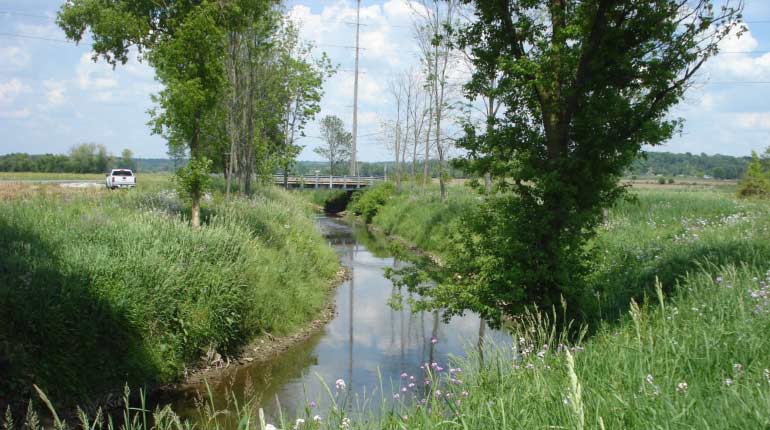

Vegetation management is key to preserving channel capacity for flow, and providing access for maintenance activities along the 33 miles of channel that we are responsible for.
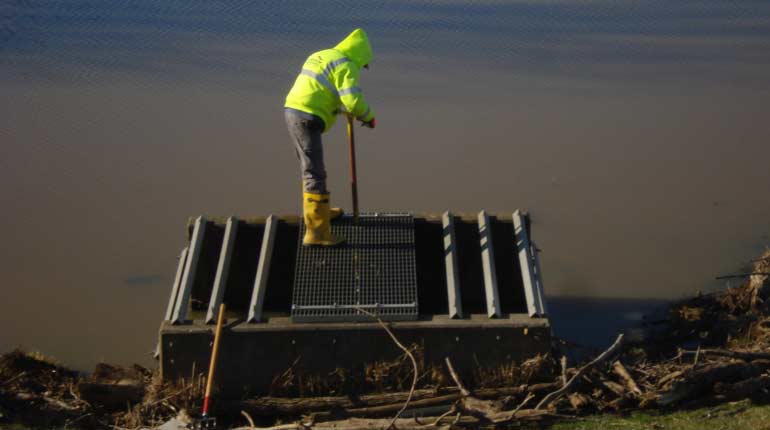

Eight Chippewa Dams are mowed at least 3 times annually. Debris must be removed from trash racks. Brush control is needed periodically.
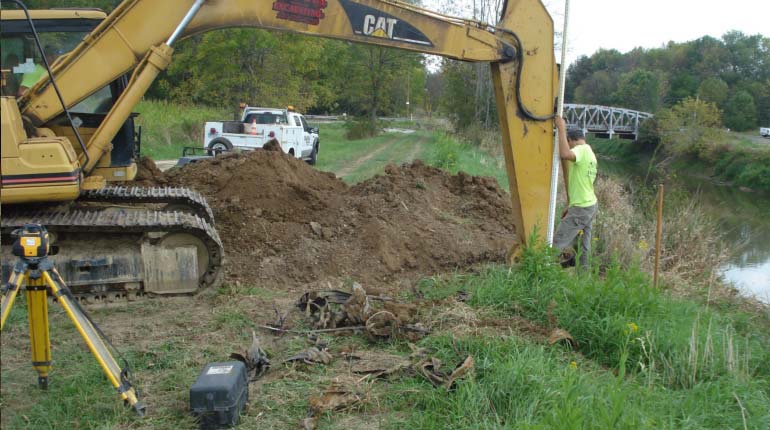

Seven Pipe Structures were replaced, and two improved, between Coal Bank and Porr Rds.
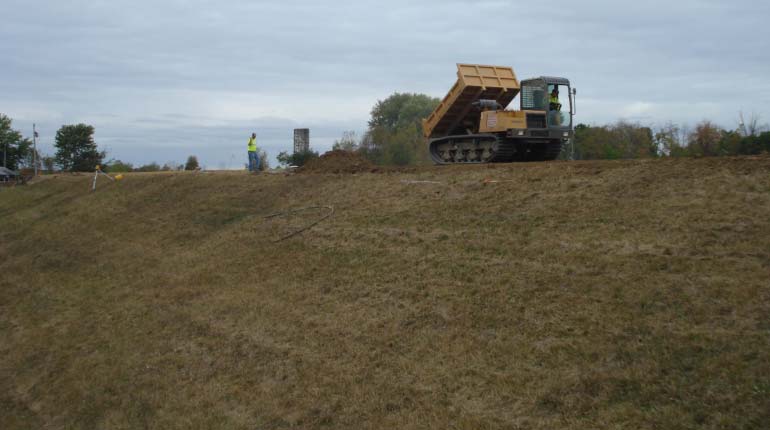

All Chippewa flood control dams are regulated by the State of Ohio – ODNR – Dam Safety. Structure II-A required raising the top of Dam about 1 foot, to ensure the Dam will safely pass the required storm events.
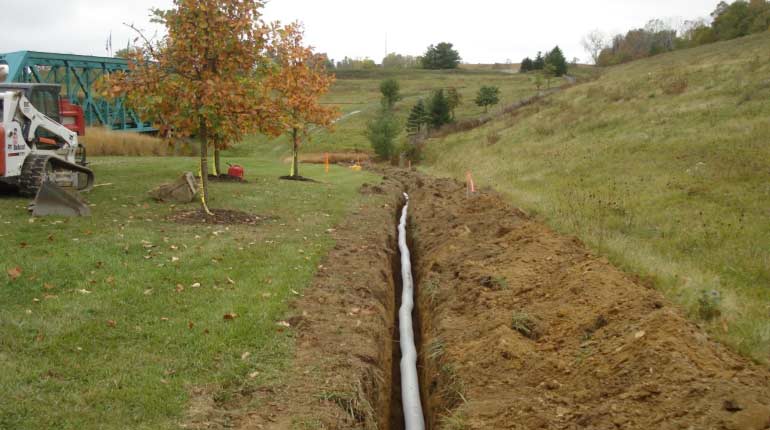

We addressed a wet area at the outside toe of the dam. 1670 feet of 6-inch drain tile was installed. 760 feet of old fencing was removed and replaced with maintenance-friendly high-tensile fence.


We installed a StormLink Satellite Monitoring Station which provides the ability to monitor the site remotely, for rainfall and flood pool stage, which is especially important during large storm events.
Since the beginning of the Chippewa Flood Control System, and during the past thirty-six years, an initial maintenance assessment was set up to cover maintenance costs. This funding did not keep pace with the times, and much of the needed maintenance could not be completed as planned. Without regular maintenance, some channel banks and berm became overgrown with woody vegetation, which made it difficult to maintain the channel or the many pipe structures installed for the purpose of draining the floodwaters. As trees grow, many lose limbs or fall into the channel causing log jams, bank erosion, and more localized flooding, due to the inability of the stream flow to get through the blockage.
Maintaining the 33 miles of channel helps to ensure that flood waters will recede from the land, quickly and efficiently. For more details - click on the Project map below to see the network of structures, pipes and channels.


A substantial effort continued in 2017 to accelerate the maintenance program for the Chippewa Flood Control Project... Read More
Maintenance Activities must be done consistently to keep the Flood Control System working properly. Dams and channel berms must be mowed annually to manage woody growth, and provide access to allow for equipment and inspections. Visit our Dam Maintenance and Channel maintenance projects to see recent examples of maintenance.
While maintenance is not glamorous, it speaks to the ability to manage and maintain the Chippewa Subdistrict Flood Control System so it performs as designed: a well-engineered combination of rainfall runoff storage structures (8 Dams) and improved channels (33 miles).
When the Chippewa channel was constructed, nearly 500 pipe structures were installed. These structures used corrugated metal pipes (CMP), which vary in diameter and length, and are an integral part of the System as they move runoff water safely into the channel. The CMP pipes have exceeded their lifespan and are being systematically replaced with superior quality pipe, such as high density polypropylene (HDPP) or high density polyethylene (HDPE). These new pipes are intended to last for many decades.
Special Projects vary each year and involve items of work that are outside the usual scope of maintenance. They are necessary to keep pace with new standards and regulations, as well as changes in the Watershed.
An example of a special project this year was the Dam II-A Improvement that is essential to meeting new requirements for projected storm events, and ensuring effectiveness of the Dam to accomodate rainfall.